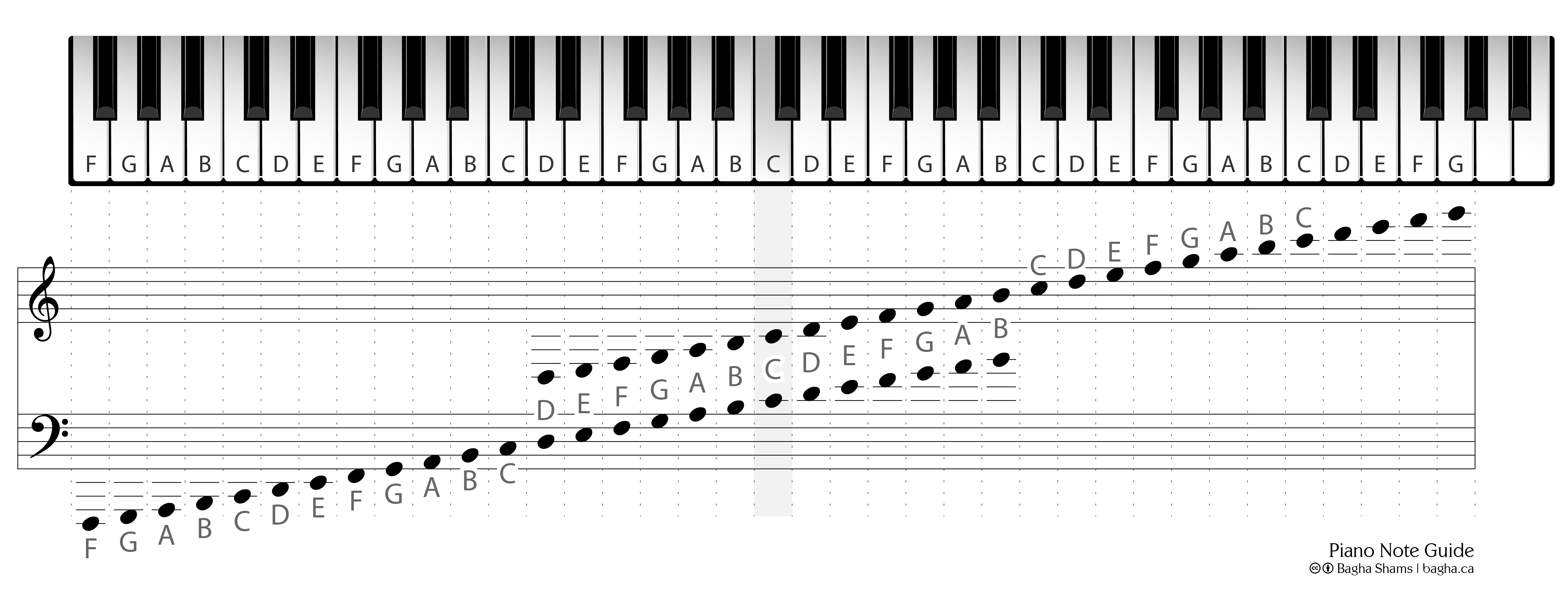
Staying within the key signature, these are all Major chords.Įxample: In the key of C, C is the I, F is the IV, and G is the V.
 To find the primary chords within any key - I, IV, and V - look to either side of the I. Moving counterclockwise from C, each note adds a flat to the key signature.Įxample: F has one flat, Bb has two flats, etc. Moving clockwise from C, each note adds a sharp to the key signature.Įxample: G has one sharp, D has two sharps, etc. Following the notes counterclockwise, the distance between each interval is a fourth. Following the notes clockwise from C, the distance between each note is the interval of a fifth. Note that uppercase letters, such as A and I, indicate Major, while lowercase letters, such as b and ii, indicate minor. There are a few ways to use the Circle of Fifths. This is a great tool if you don’t already have this music theory memorized, and it forms a foundation that highlights the relationships between notes, key signatures, and basic harmony. Here’s a convenient chart that shows the Circle of Fifths and Major/Relative Minor* key signatures. Marching Percussion Accessories Shop By Category Guitar Workshop Keyboards & Synthesizers Shop By CategoryĬase Finder Drums & Percussion Shop By CategoryĬable Finder Microphones Shop By CategoryĬase Finder DJ Equipment Shop By CategoryĬable Finder Band & Orchestra Shop By Category
To find the primary chords within any key - I, IV, and V - look to either side of the I. Moving counterclockwise from C, each note adds a flat to the key signature.Įxample: F has one flat, Bb has two flats, etc. Moving clockwise from C, each note adds a sharp to the key signature.Įxample: G has one sharp, D has two sharps, etc. Following the notes counterclockwise, the distance between each interval is a fourth. Following the notes clockwise from C, the distance between each note is the interval of a fifth. Note that uppercase letters, such as A and I, indicate Major, while lowercase letters, such as b and ii, indicate minor. There are a few ways to use the Circle of Fifths. This is a great tool if you don’t already have this music theory memorized, and it forms a foundation that highlights the relationships between notes, key signatures, and basic harmony. Here’s a convenient chart that shows the Circle of Fifths and Major/Relative Minor* key signatures. Marching Percussion Accessories Shop By Category Guitar Workshop Keyboards & Synthesizers Shop By CategoryĬase Finder Drums & Percussion Shop By CategoryĬable Finder Microphones Shop By CategoryĬase Finder DJ Equipment Shop By CategoryĬable Finder Band & Orchestra Shop By Category 
Case Finder Live Sound & Lighting Shop By CategoryĬase Finder Software & Plug-ins Shop By Category








